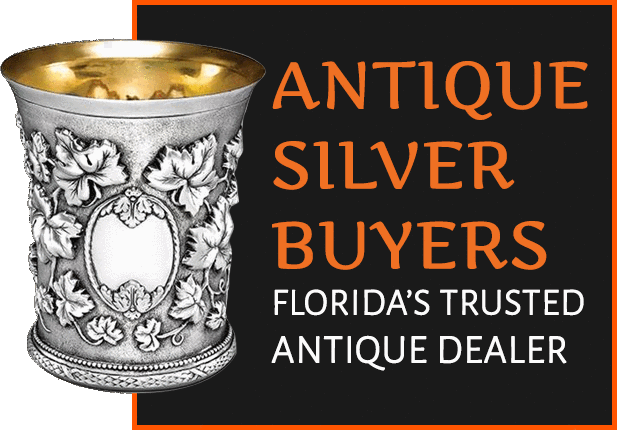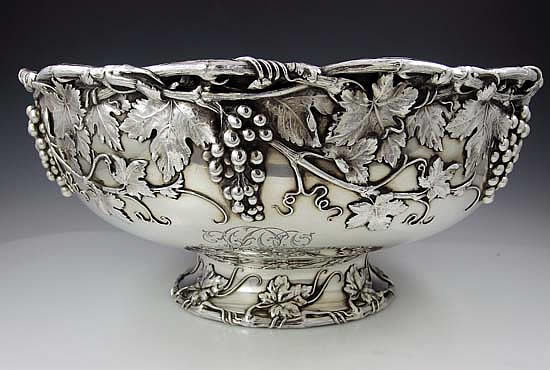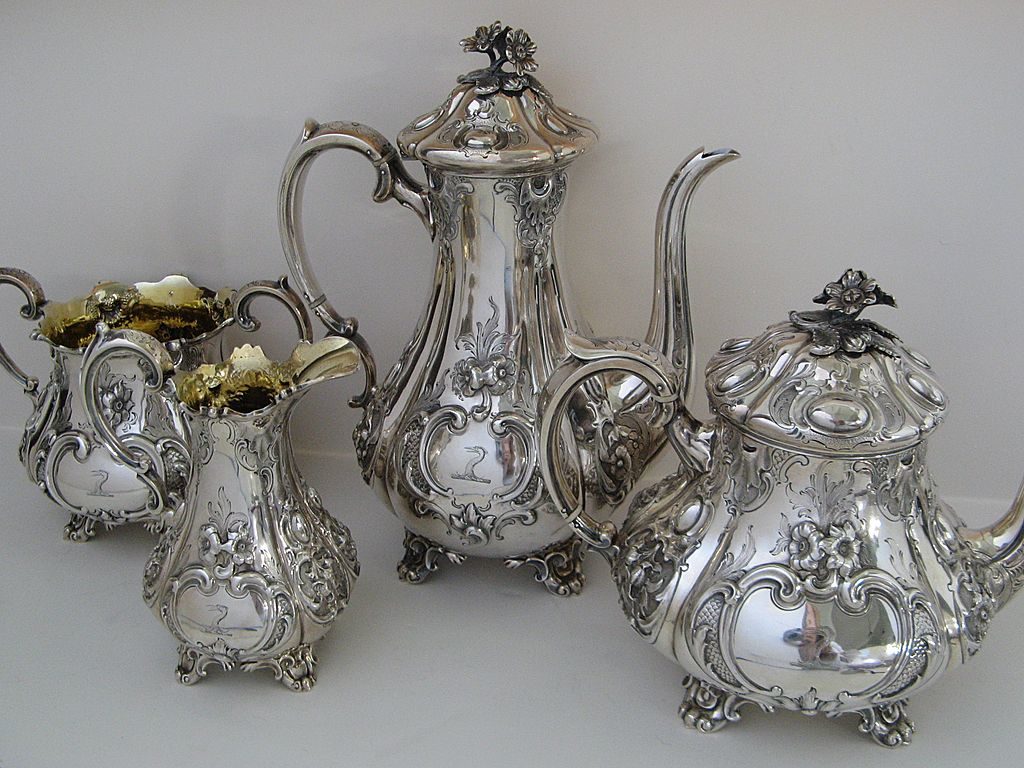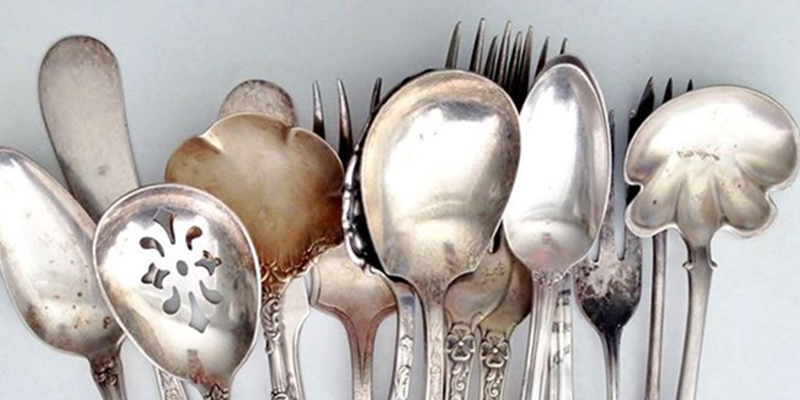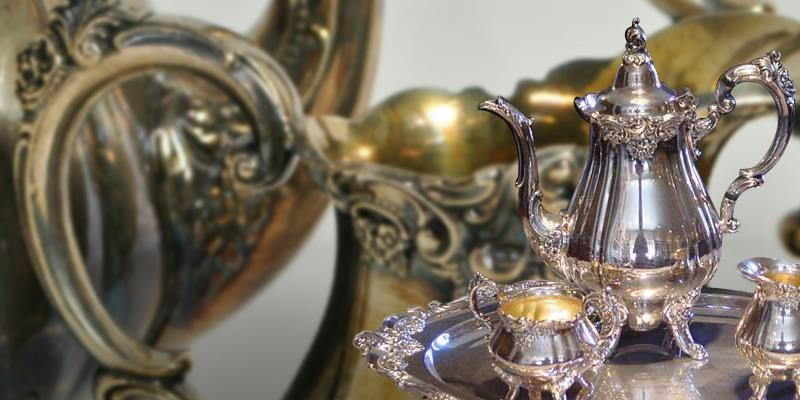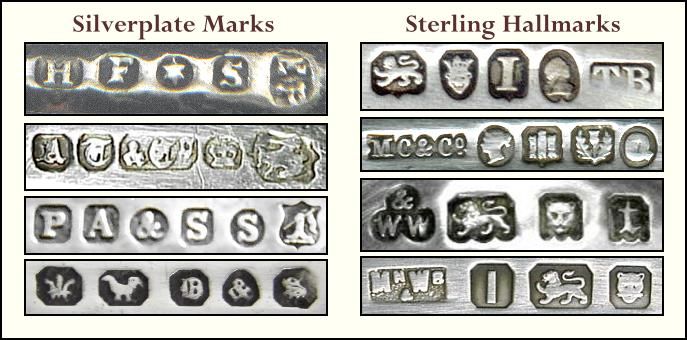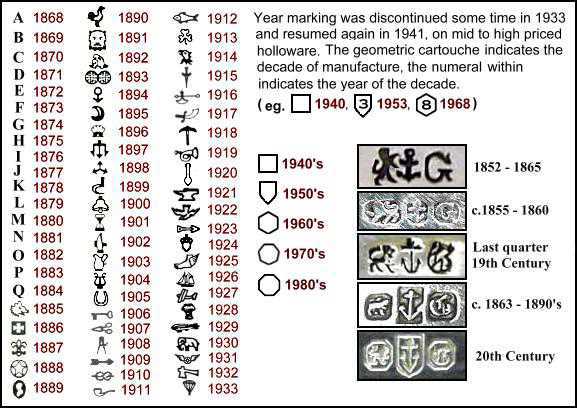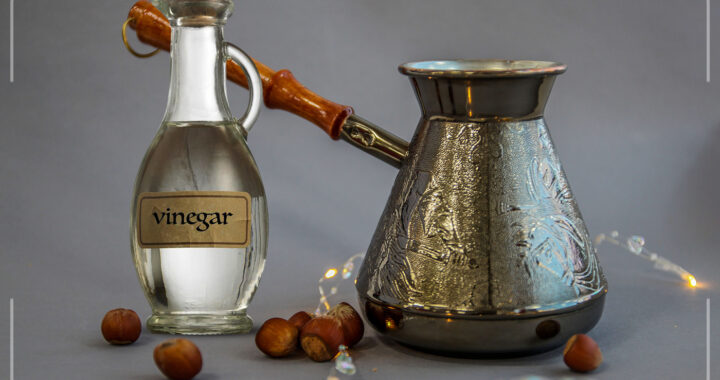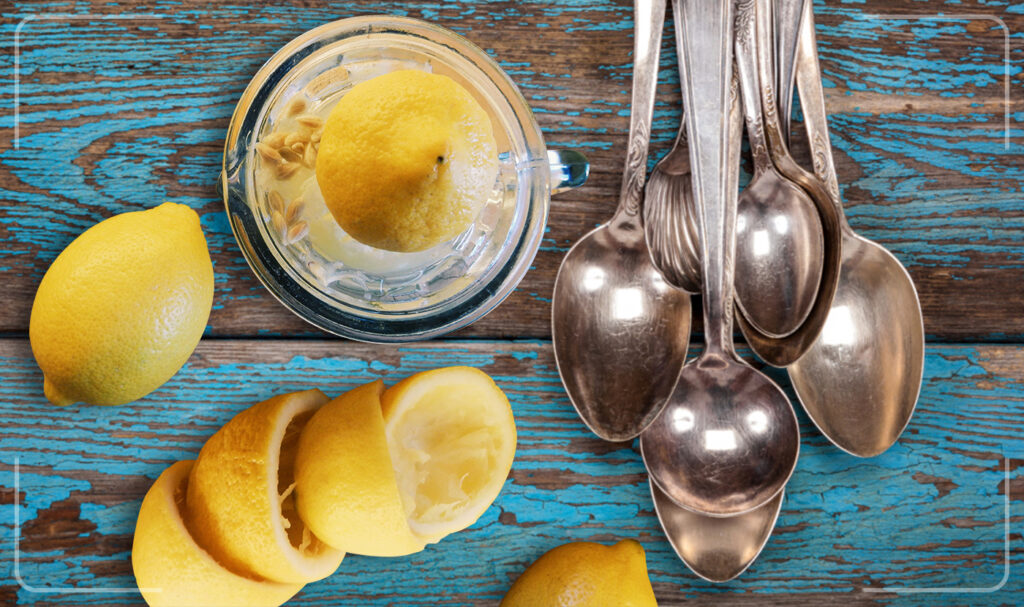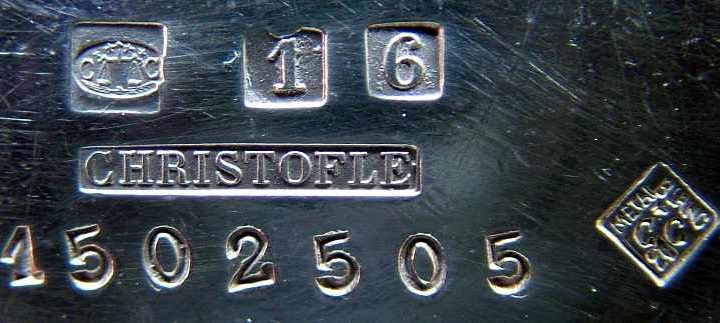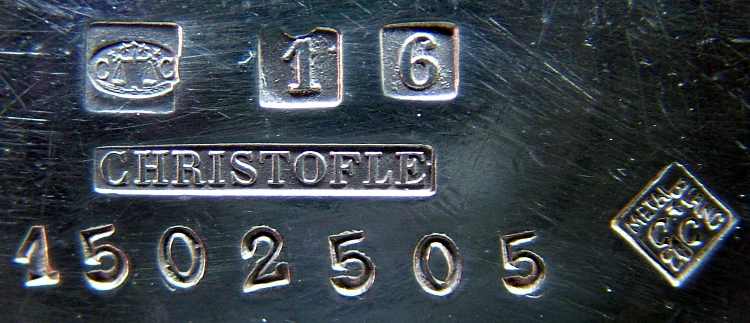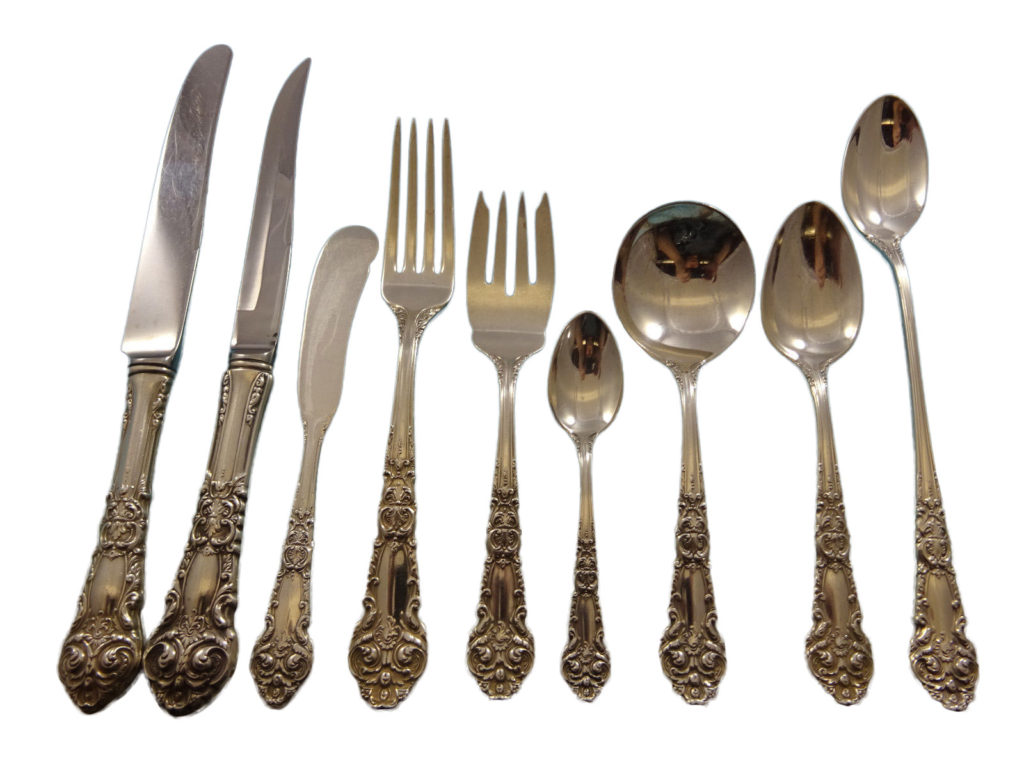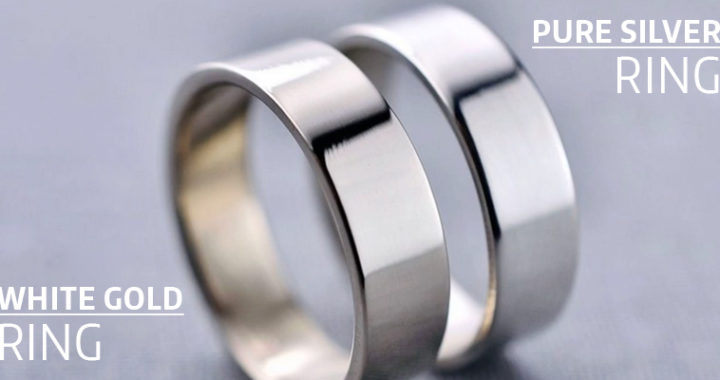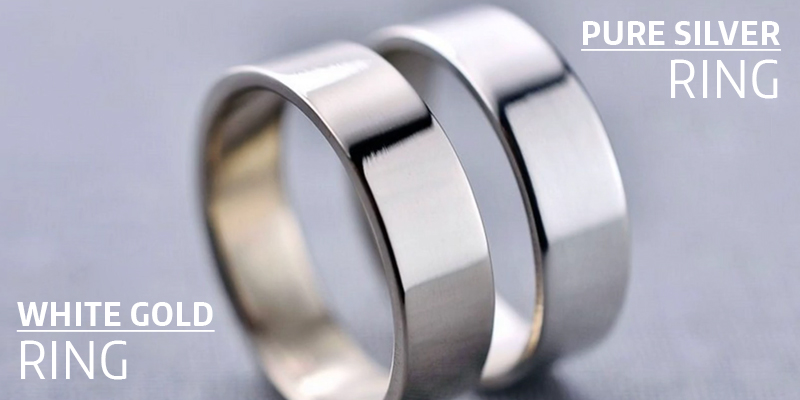An antique can represent different things to different people. It might represent a piece of history that has been preserved to continue to be appreciated in the present. It might have a great deal of sentimental value and represent family history and departed loved ones. A fine antique can also be a good way to get some fast cash. The decision to sell can be a difficult one to make, however, once you decide to sell, you will obviously want to get the highest price possible for your antique. The question becomes, where to sell antiques. Will you get a better price if you sell antiques online or if find local antique buyers? In this article, we will explore where you will get a higher price, online or in person.

Advantages of Selling Antiques Online
Let’s begin by looking at some reasons why you might get a better price if you sell antiques online. To begin with, when you reach out through the internet you will find it incredibly easy to cast a wide net for antique buyers. You will find a much larger pool of potential buyers much faster online. That means you are more likely get a better price.
Additionally, people who buy and sell antiques online have a lower overhead than people who have a brick and mortar shop that costs a lot in rent, utilities, and the like. They might be able to make a greater profit from buying and selling antiques, and pass on the savings to you by offering you a higher price for your antique. If you make the rounds online and do some haggling, you just might find that you can drive up your selling price more than you can by just walking into a brick and mortar shop.
Looking at Local Antique Buyers
In the digital age we live in it may seem like doing everything online has become the default way of doing things but googling antique buyers near me may just get you the price you are looking for. There is an advantage to walking into a store and dealing with an antique buyer in person. Local antique buyers often have a wealth of experience and connections. Even if they aren’t interested in buying your antique or can’t afford to pay top price, they may be able to connect with someone who can.
Another advantage to selling at local shops is the ease of access. It is much easier to bring your antique to a local shop to be appraised and get quoted a price than it is to mail it to an online buyer. There is no risk of it getting lost or damaged in the mail. There is no expensive shipping and handling to be paid. If you can go directly to the buyer and haggle over the price in person with the antique right there with you. In the end, some old-fashioned leg work, combined with an online search might get you the best price for your antique.
